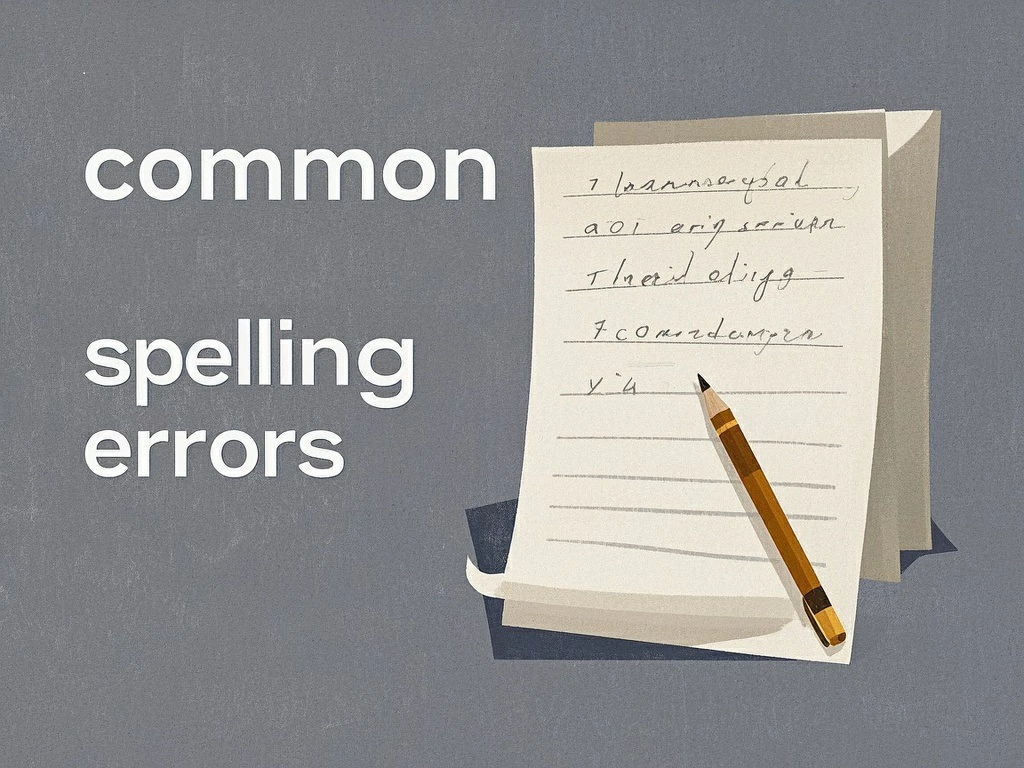Essay writing poses significant challenges for numerous IELTS candidates, as recurring errors hinder their ability to achieve desired band scores. Identifying and consciously avoiding these common pitfalls can substantially enhance writing effectiveness.
1 Failure to Reach Required Word Count
Despite clear instructions specifying a 250-word minimum, many test-takers neglect word count verification. This oversight directly impacts scores through penalty deductions. Students must develop effective word management strategies rather than relying on estimation.
2 Overlength Responses
Exceeding recommended length often proves counterproductive. Lengthy essays increase grammatical error risks and consume valuable editing time. Candidates should prioritize concise, focused responses within the 250-300 word optimal range to maintain quality and completion time.
3 Inadequate Task Fulfillment
Disregarding specific question requirements represents a critical error. Common failures include omitting personal opinions when mandated, overlooking discussion components in ‘both views’ questions, or disproportionately addressing elements that demand balanced treatment. Precise question analysis before writing proves essential.
4 Superficial Idea Development
The misconception that quantity outweighs quality in arguments persists among learners. Effective essays demonstrate depth through thorough explanation, logical reasoning, and relevant examples for each key point rather than accumulating unrelated ideas.
5 Verbatim Question Repetition
Directly replicating essay prompts in introductions leads to word count exclusion penalties. Examiners expect skillful paraphrasing that demonstrates linguistic competence while retaining original question meaning.
6 Lack of Supporting Evidence
Generalized statements without concrete examples weaken argumentation. Each body paragraph should incorporate 1-2 well-structured illustrations drawn from general knowledge or observations, framed in appropriate academic language. For instance: “Persistent offenders frequently face legal consequences” proves preferable to anecdotal accounts.
7 Overextended Conclusions
Many candidates mistakenly develop conclusions as full body paragraphs. Effective endings should succinctly summarize key points without introducing new arguments, typically comprising 3-4 concise sentences.
8 Connective Overuse
Excessive application of linking devices (e.g., however, moreover) creates artificial cohesion. Transition words should appear organically, with priority given to logical argument flow over mechanical connections.
9 Informal Register Usage
Maintaining academic tone remains crucial. Candidates must avoid colloquial expressions (“gonna”) and conversational structures, instead employing formal constructions. For example: “Youths frequently prioritize recreational gaming over educational pursuits” represents appropriate formalization.
Consistent practice incorporating these considerations enables candidates to systematically improve writing performance and achieve target IELTS scores.






